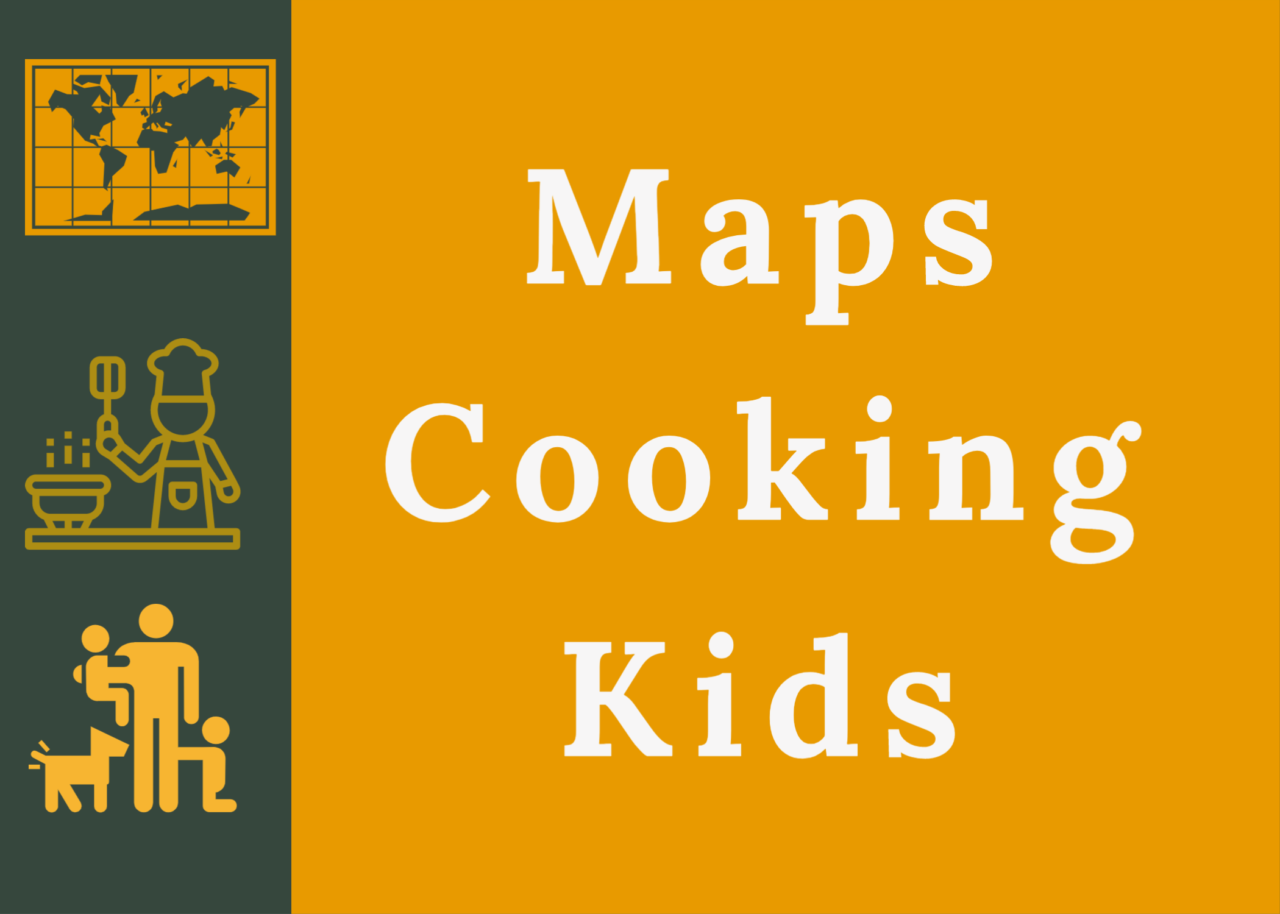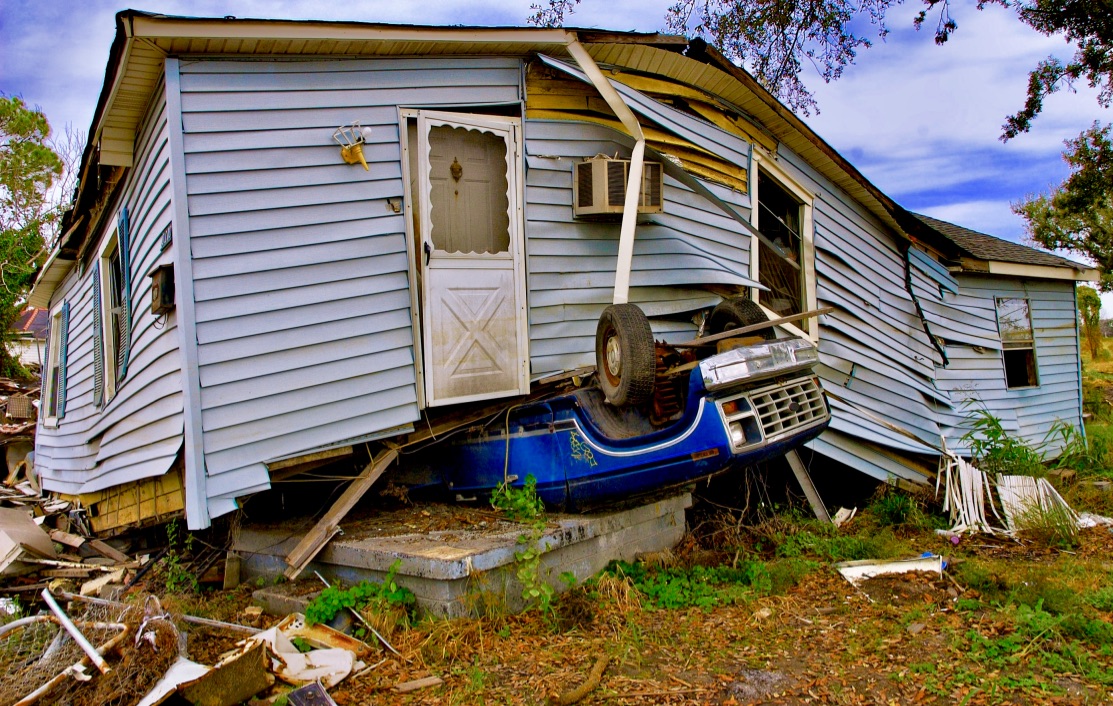
5 Ways to Prepare Kids for Hurricanes and Tornadoes
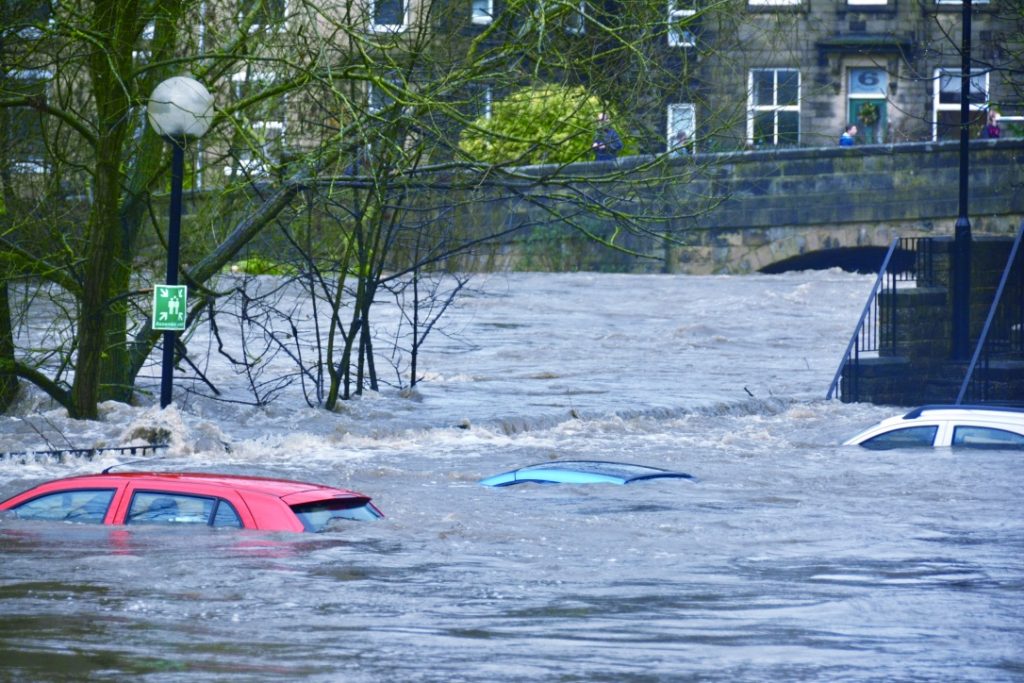
Natural disasters, such as hurricanes and tornadoes, can cause devastating circumstances to a family’s home, livelihood, and mental health, especially those with young children. A school’s safety drill practices emergency procedures to familiarize students and teachers to a procedure that they can follow quickly, effectively, and safely. Your family’s safety plan should have the same effect allowing your children to feel in control of an uncontrollable situation. Although we can’t prepare for everything, best as we try, we can establish some guidelines on what to expect and provide comfort and support to our children’s fears. We’ve found expert and parental advice on how to communicate with your children about hurricanes and tornadoes and to help you in creating a solid safety plan for your family.
The Save the Children organization recommends explaining to your child what could happen in the event of a hurricane or tornado using simple, age-appropriate words. First, ask your kids what they know about hurricanes and tornadoes, listen to their concerns, and answer any questions they may have. Be sensitive and without judgement. Explain the science behind these natural disasters so that children can understand the logic behind them. You can provide basic information to help them understand these natural disasters without providing unnecessary details that will only scare them. Keep it simple and maintain a calm demeanor during your discussion. “Kids do best if their parents are calm and measured,” says Gene Beresin, Harvard Medical School psychiatry professor and executive director of the Clay Center for Young Healthy Minds at Massachusetts General Hospital. “Anxiety is contagious, and when parents are fearful or bent out of shape, kids of all ages are going to pick up on that.”
1. Explain what happens during a hurricane or tornado
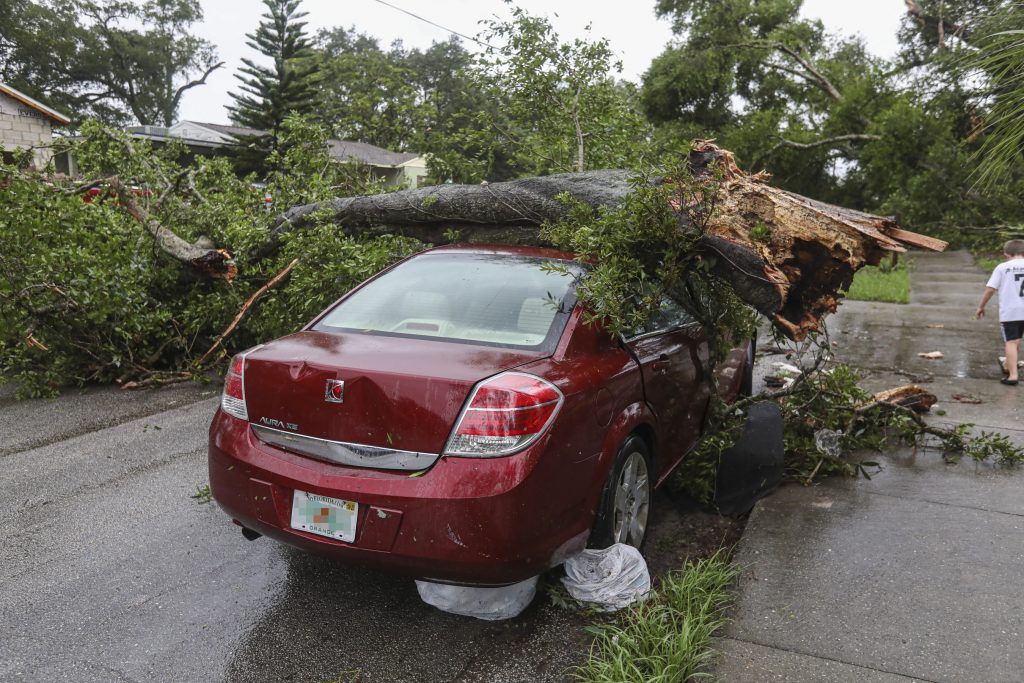
For younger children, you can explain what typically occurs during a hurricane or tornado and how it will affect them. For instance, Allyson Schneider, mother of three daughters in Raleigh, NC, uses the example of a tree falling on a power line near their home. She told her children that when the tree falls, the power line is broken, and the home loses electricity. She said, “When we lose electricity, there will be no lights on, the refrigerator and air conditioning won’t work, and we will need to use our cool light sabers (flashlights) to see in the dark! But, there are many people who are trying to help in our community like firefighters and the power company so it won’t be long.”
Once you’ve discussed what can happen during one of these natural disasters, you can explain that your family will prepare an emergency plan with an evacuation procedure and meeting location, emphasizing that their safety is your utmost priority. “Children can cope more effectively with a disaster when they feel they understand what is happening and what they can do to help protect themselves, family, and friends,” says the American Academy of Pediatrics.
The American Red Cross recommends that your family’s safety plan should include the following important steps:
2. Pack an emergency kit
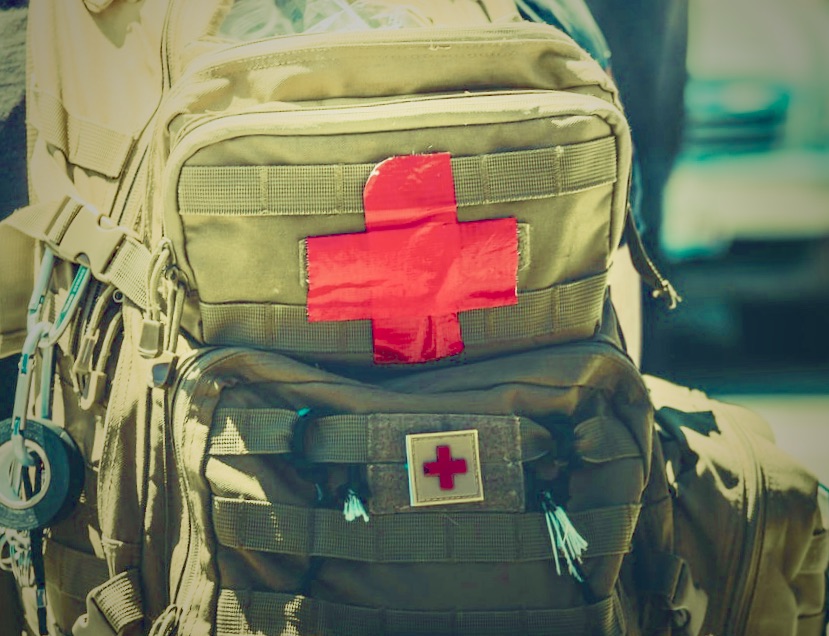
Pack an emergency preparedness kit: You should have a 3-day emergency preparedness kit ready to go that includes emergency supplies like an emergency radio, a water container, a personal hygiene kit, and a first aid kit. You can have your children help shop for these items, pack it together, then select a proper place for it so everyone is aware of where it’s located. It’s important to remember any medications and prescriptions needed for family members when packing your kit.
3. Have your children pack a backpack

Have your children pack an old backpack with a flashlight, batteries, favorite snacks (non perishable), a water container, and books. This not only allows them to feel involved in the planning, but allows them to have the comfort of a few of their favorite books or toys.
4. Plan a meeting place:
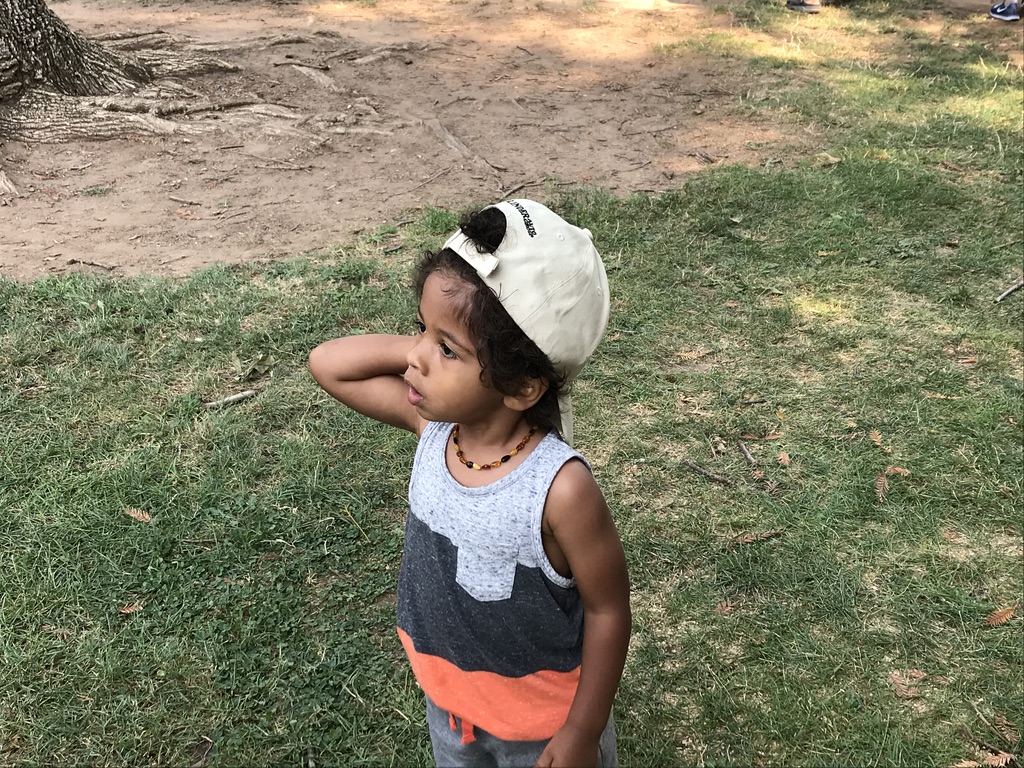
Plan a meeting place: Tell your children where to meet in case you have to move quickly for safety. For tornados or having wind-storms, you want to find an indoor, first floor room away from windows, skylights, glass, and doors.
When your family is planning to evacuate a hurricane, it is important to have each family member know the importance of meeting near the exit door and in a safe place so that you can
5. Create an Evacuation Plan:

Create an Evacuation Plan: In case you need to evacuate the home, be sure your children know the route. Have your children practice taking the safety route with you. You can run through different scenarios (from their bed, in the kitchen, or in the living room) and make sure they’re comfortable with each route. You can even have them draw a map of the route, then have them place it in their rooms where they can familiarize themselves with it.
Finally, be your child’s role model. The Save the Children organization says, “Remember that children look to you and pick up on your moods and cues. Let your children know that it’s okay to be scared, but do your best to reassure them that they’re safe. Children learn coping skills from positive role models like their parents.” Explain to your children that you’re all in this together and you’ll all be safe together. In the end, you want your children to be reassured that your family is prepared and ready for a hurricane or tornado and that you’ve done all you can to ensure everyone’s safety.
Do you have a family safety preparedness plan? Will you share your tips and advice on what works for your family with us on Twitter or Instagram @MapsCookingKids? Until next time, Agape, be kind, and happy parenting.


